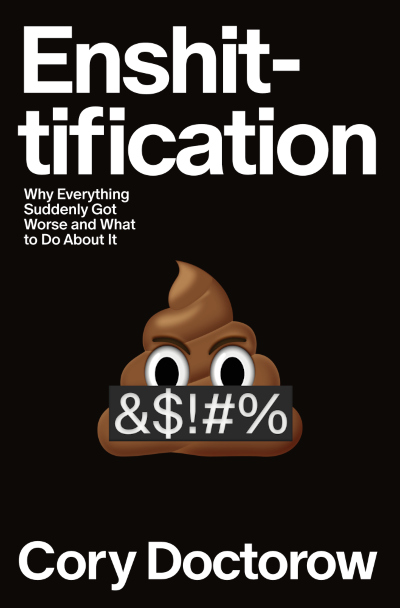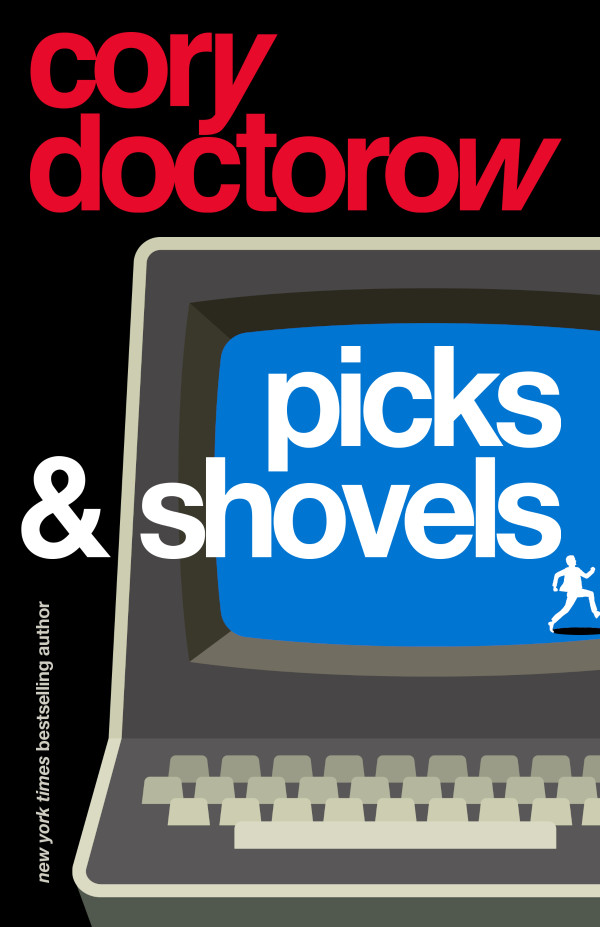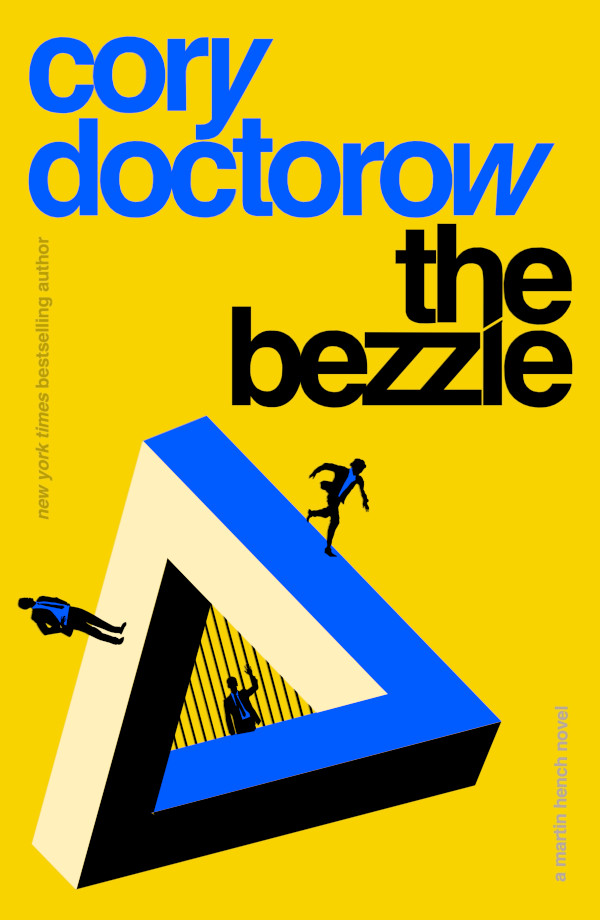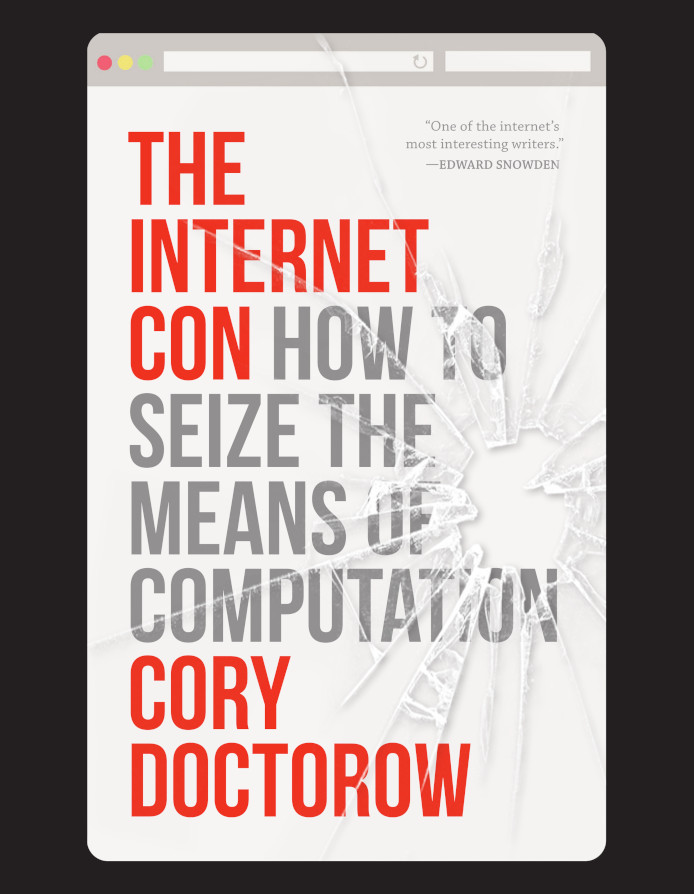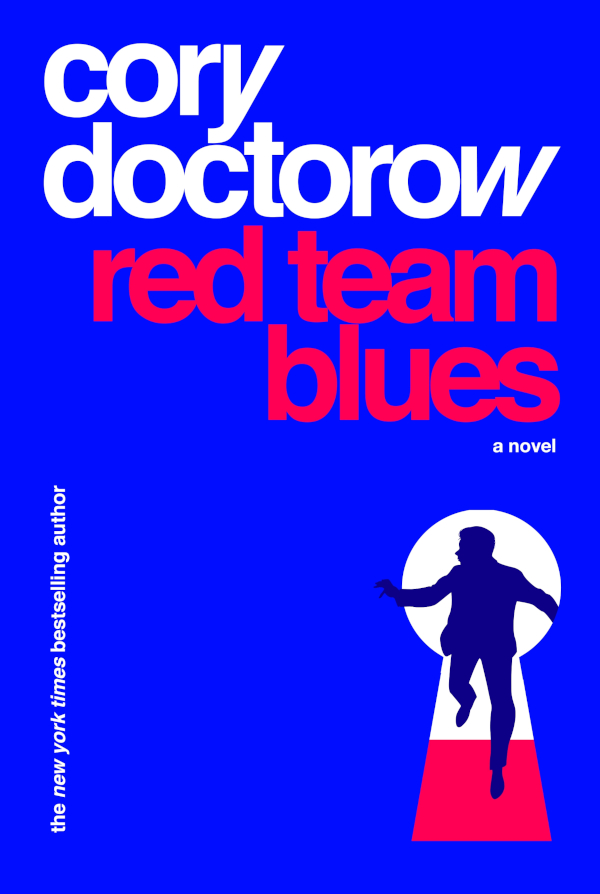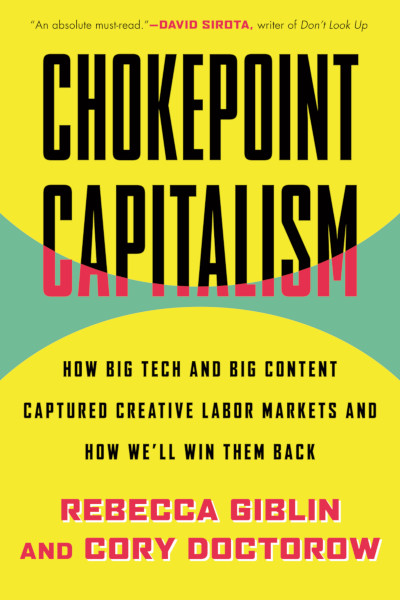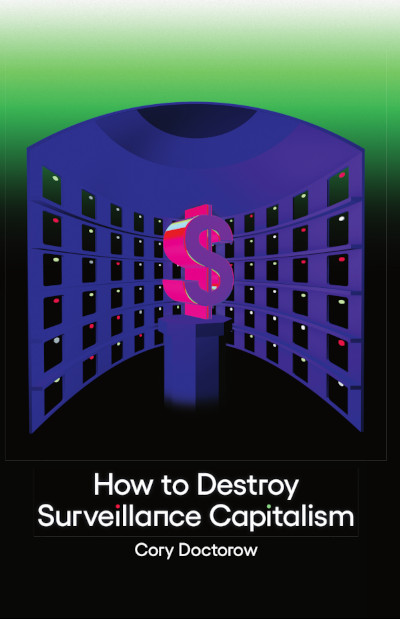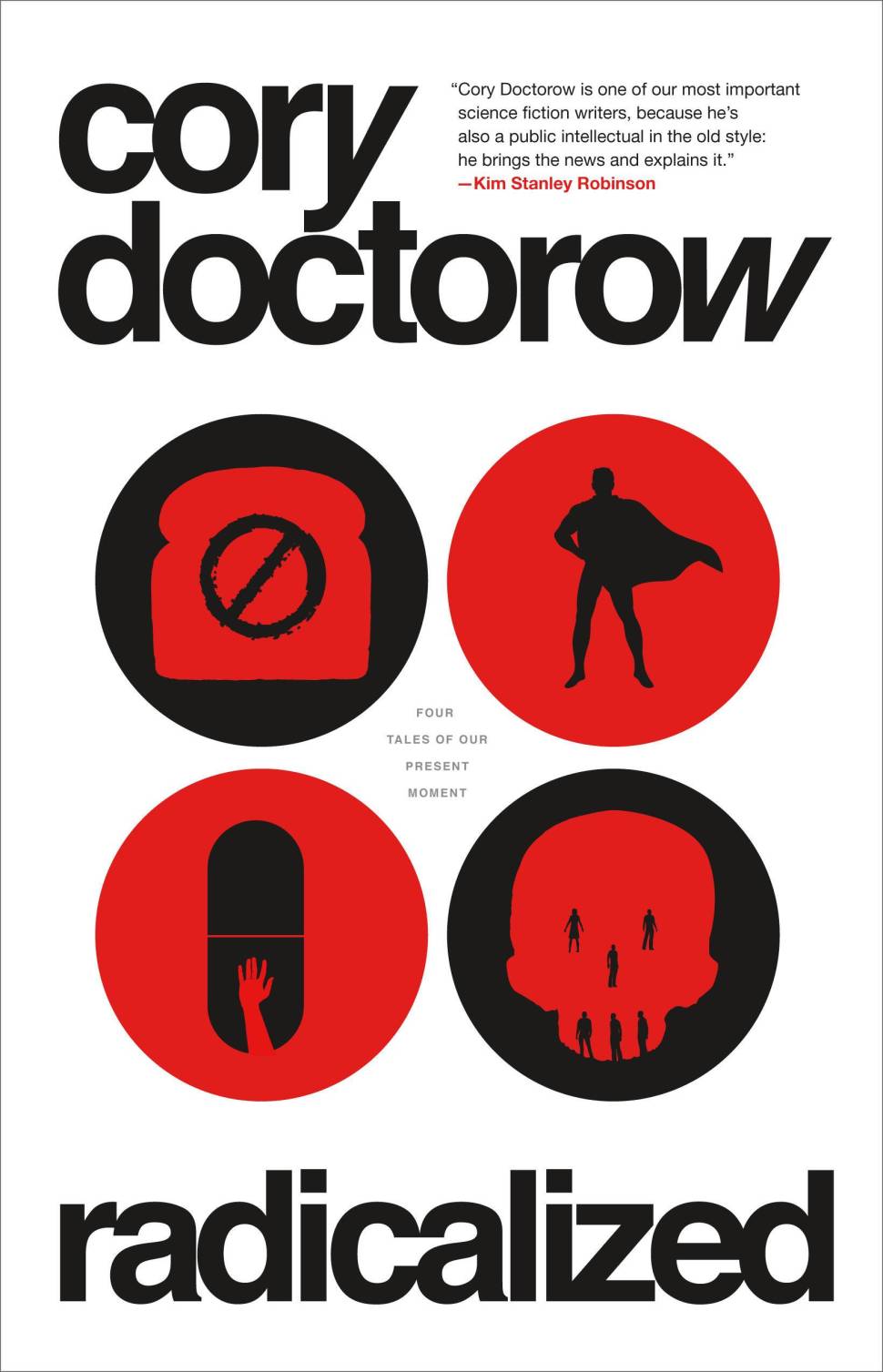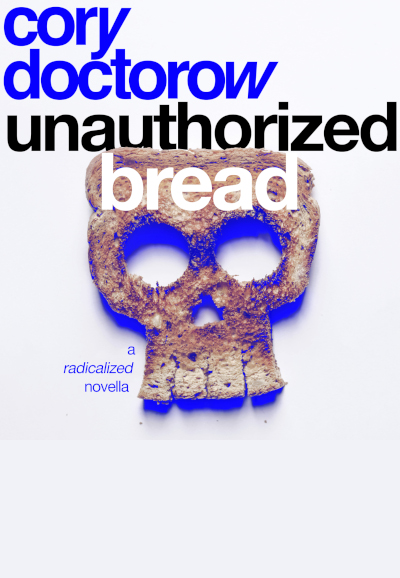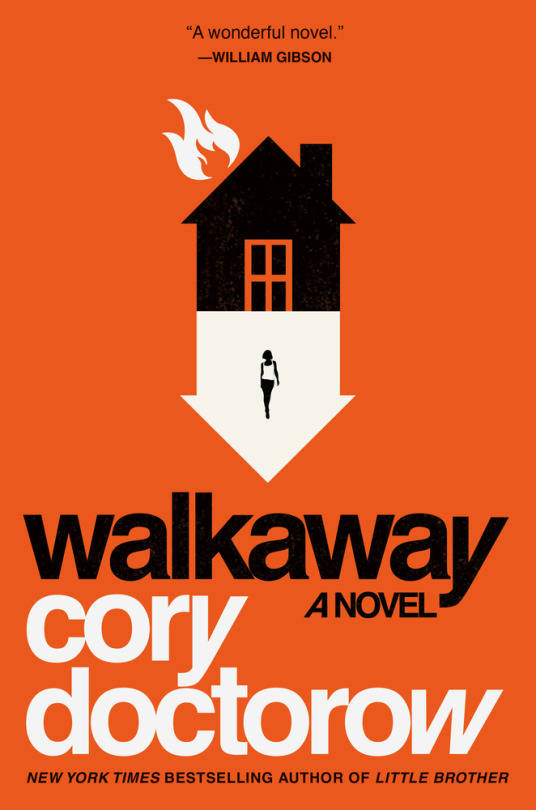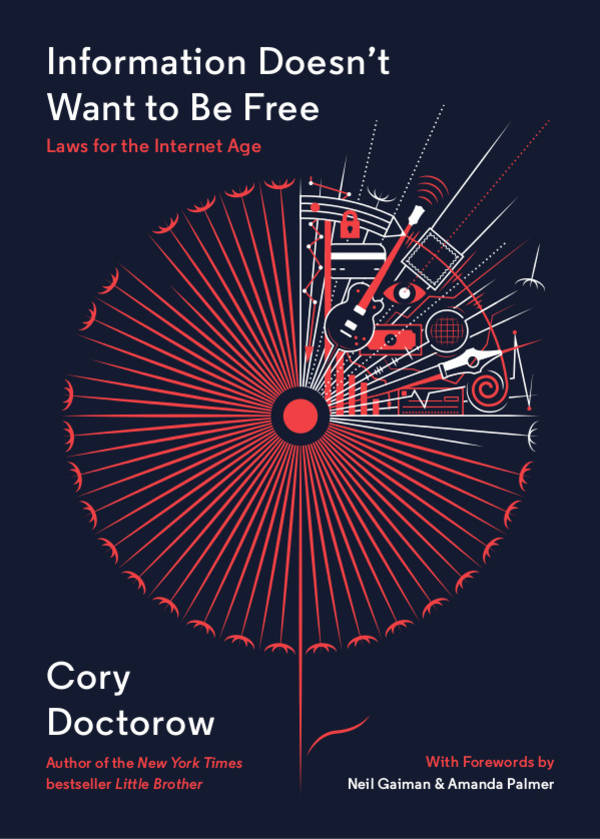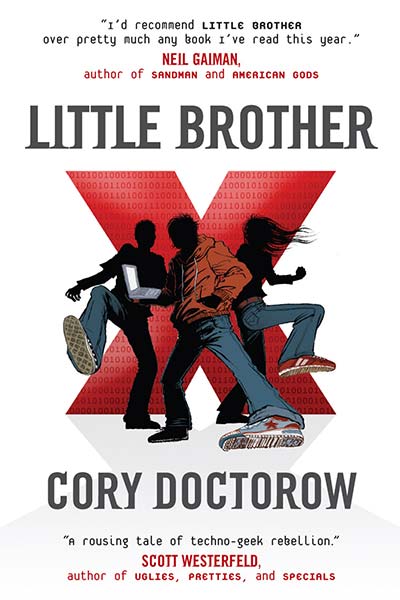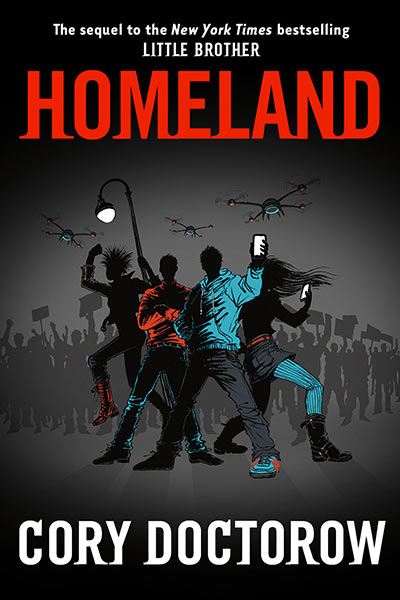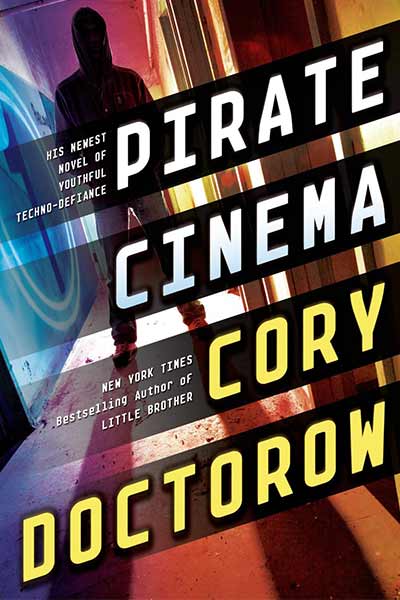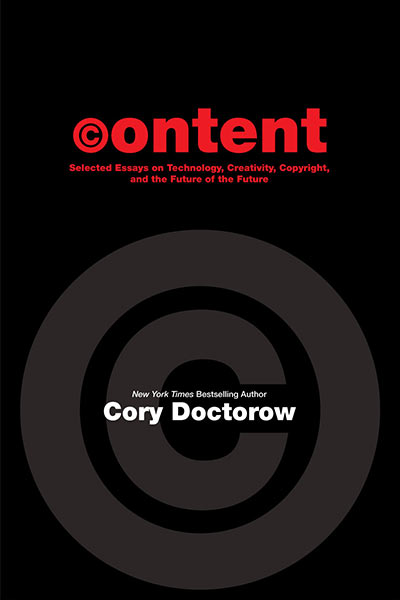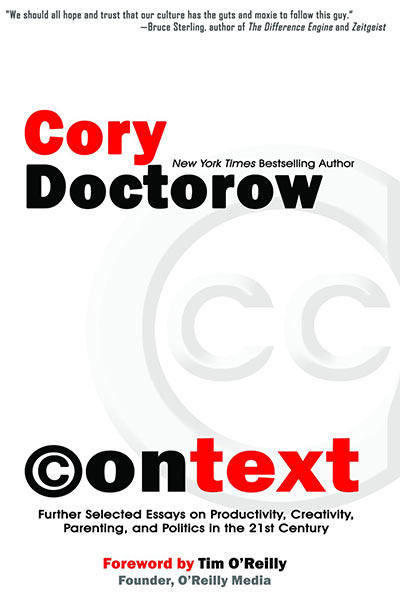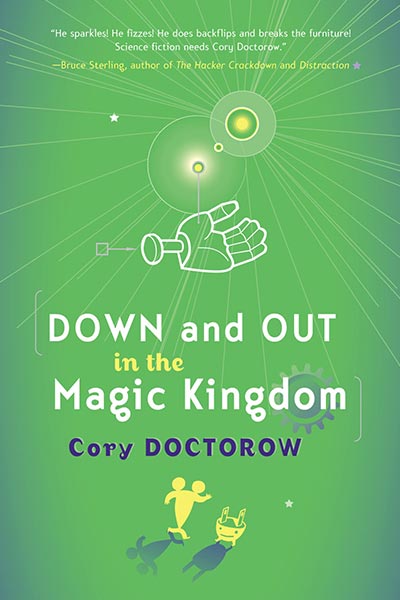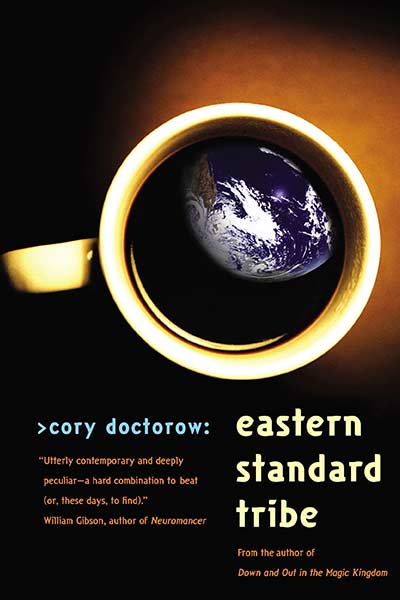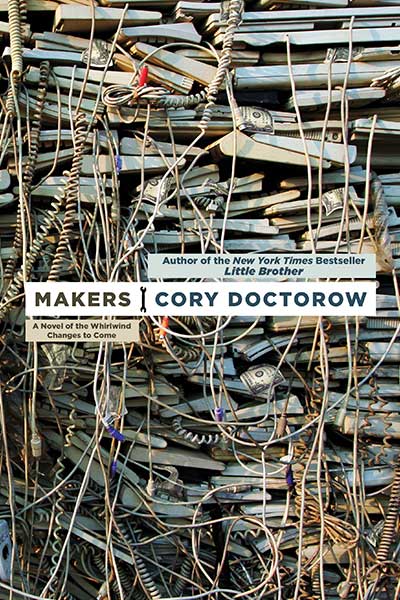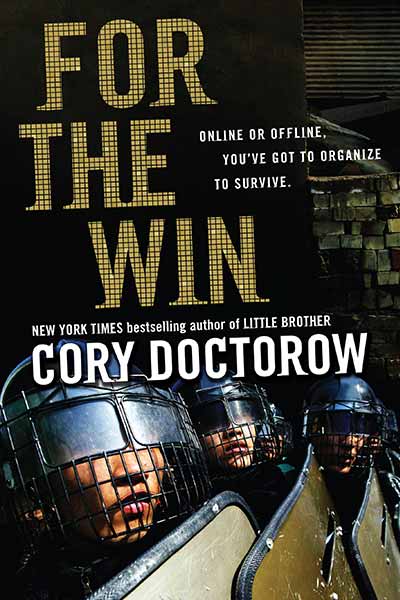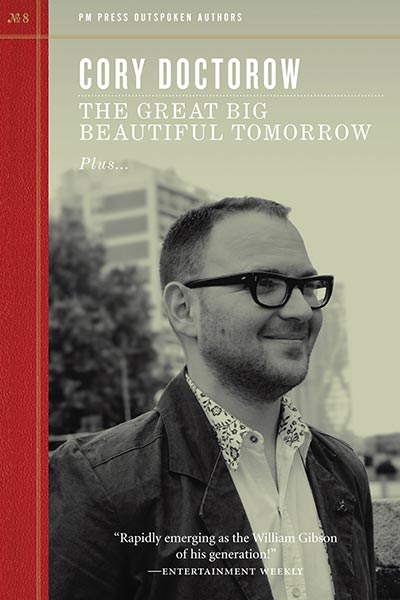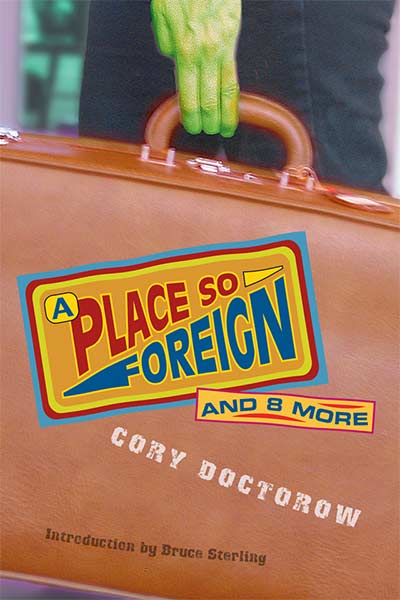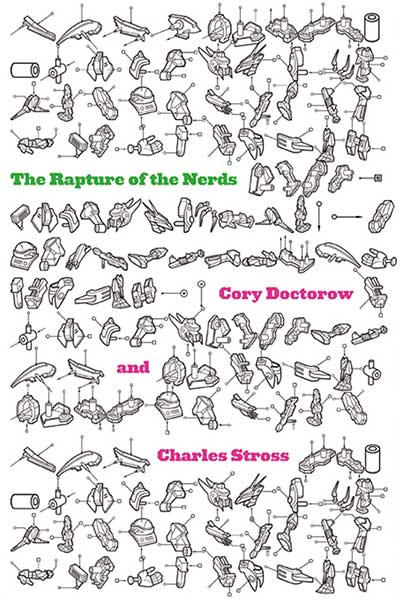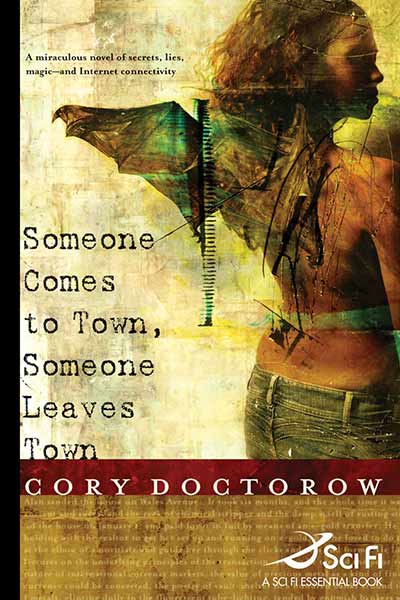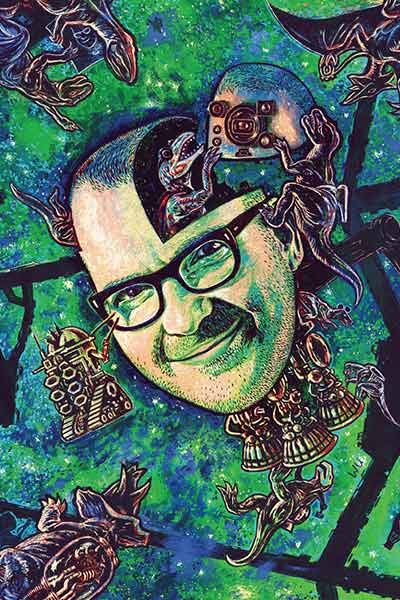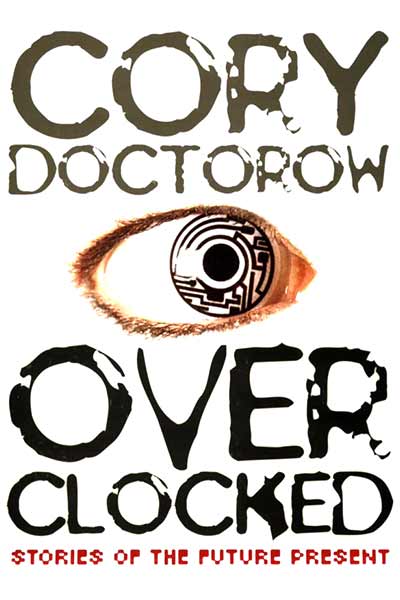I did a fun interview with School Libraries in Canada, a journal of the Canadian Association for School Libraries:
CD – I remember the first really substantial thing that happened to me in a school library. That was the day that they marched my grade three class down to the school library at Crestview Elementary and the school librarian explained the subject indices to us. It was like being led to a candy store; all of a sudden there was a key to all of the books on the shelves. I couldn’t have imagined this before. The potential made the blood rush in my ears. To be able to think of almost anything and go through that subject index and find those books was spectacular.
And then I worked at a number of school libraries. I spent one summer at a junior high in Toronto inputting the ISBN of every book in the entire collection as they moved from a card catalogue to their first digital catalogue. That was also kind of an education because a lot of the books pre-dated ISBN so I found myself looking at their Library of Congress numbers and starting to understand that there are multiple ways of organizing knowledge that suit different needs and that serve different audiences. I went from the revelation that there was one way to organize information, as was represented by the card catalogue, to the revelation that there was not one perfect way to do it. I think of it as like the David Weinberger revelation that everything is miscellaneous and that in fact what you really want to do is have lots of different ways to refer to and organize knowledge because any one way to do it is a constraint as much as it is an enabler.
